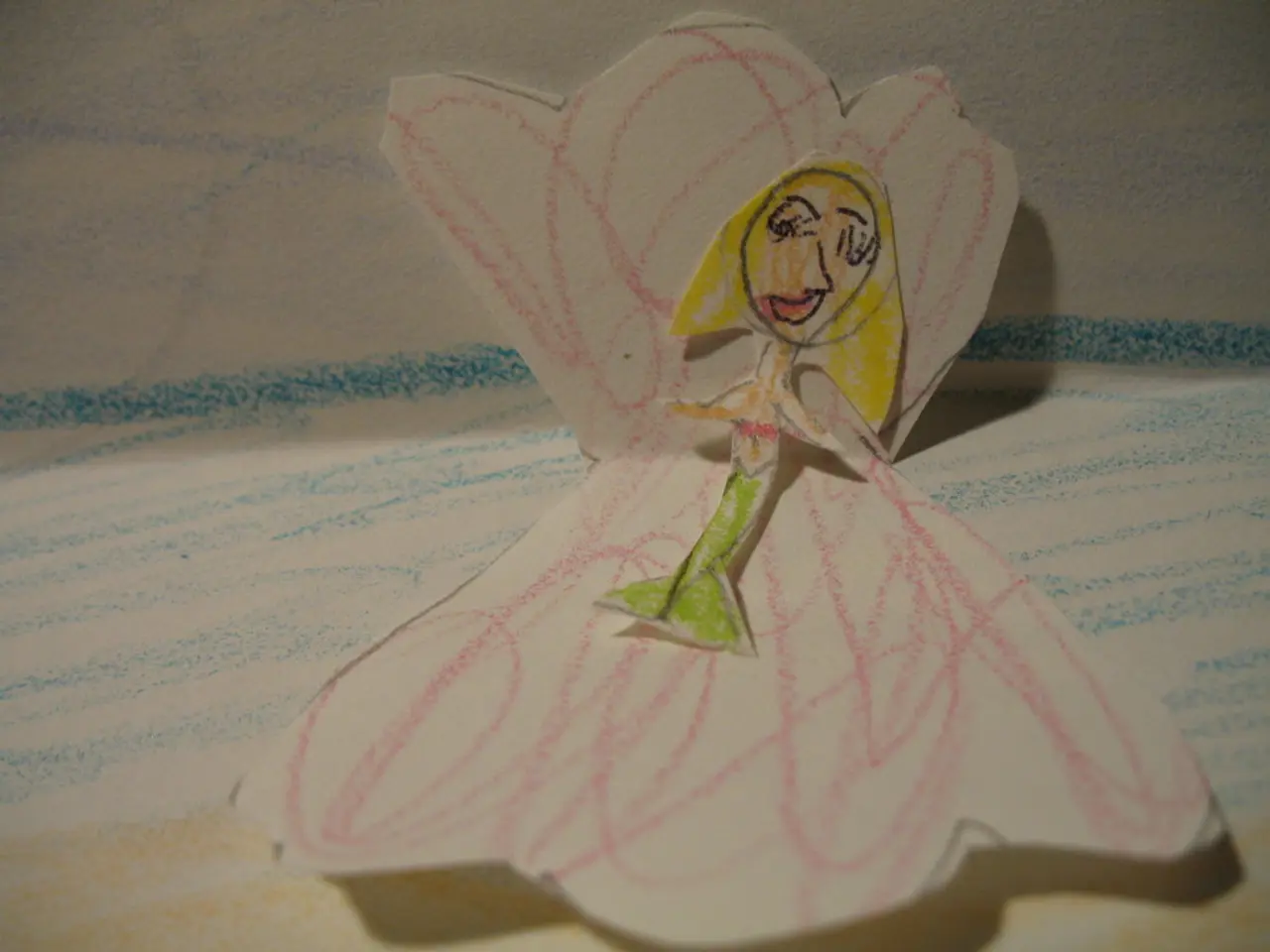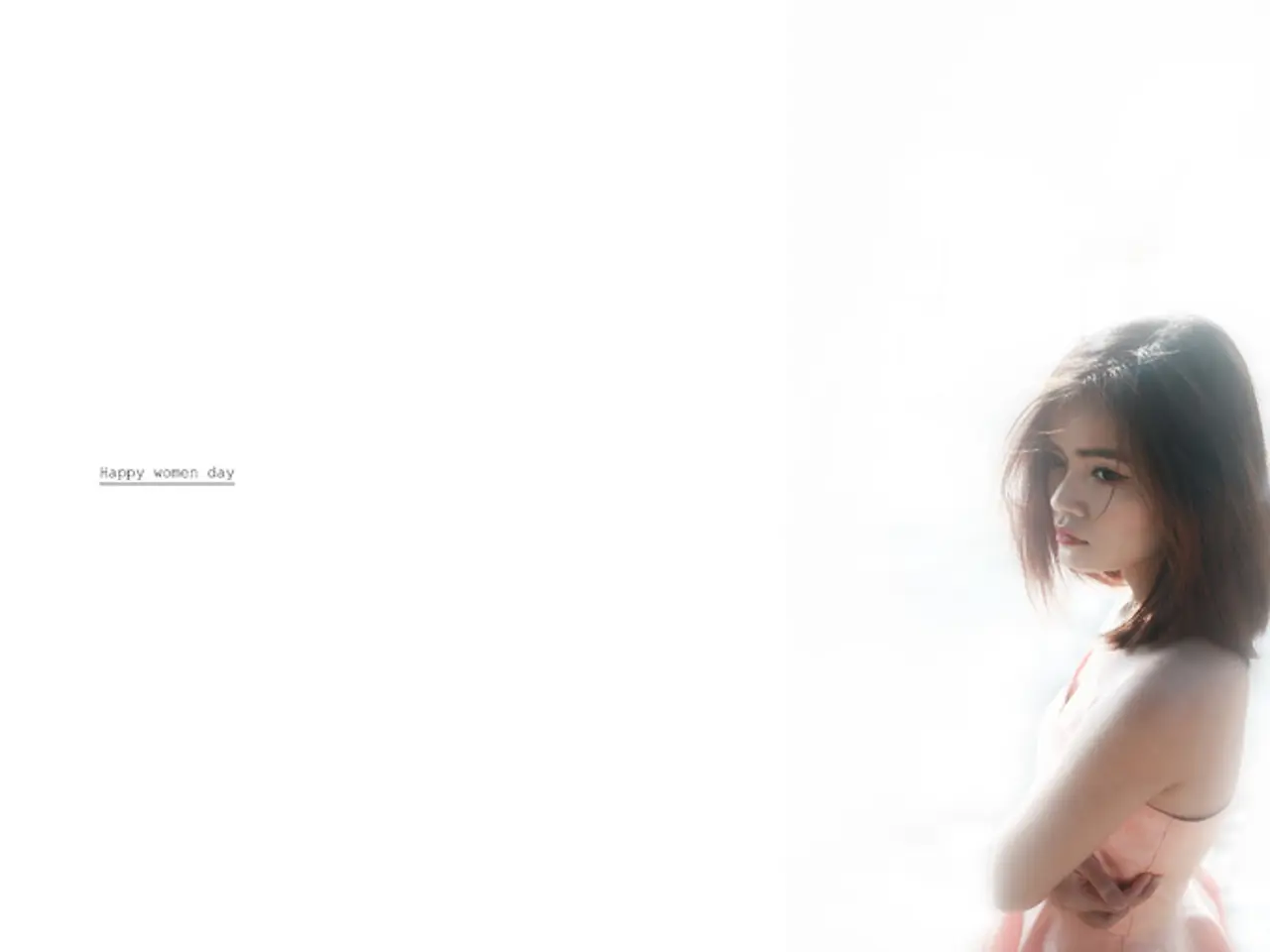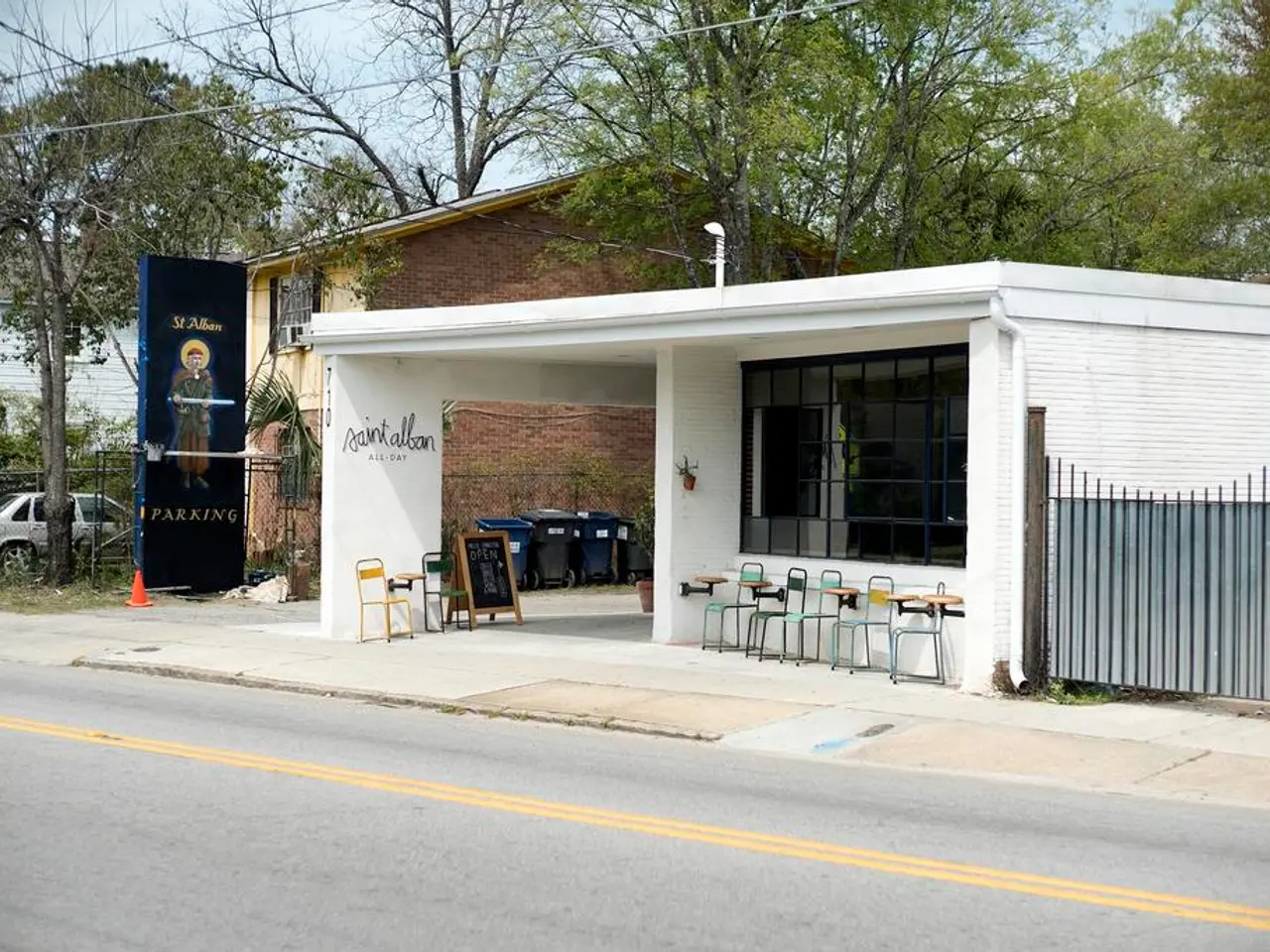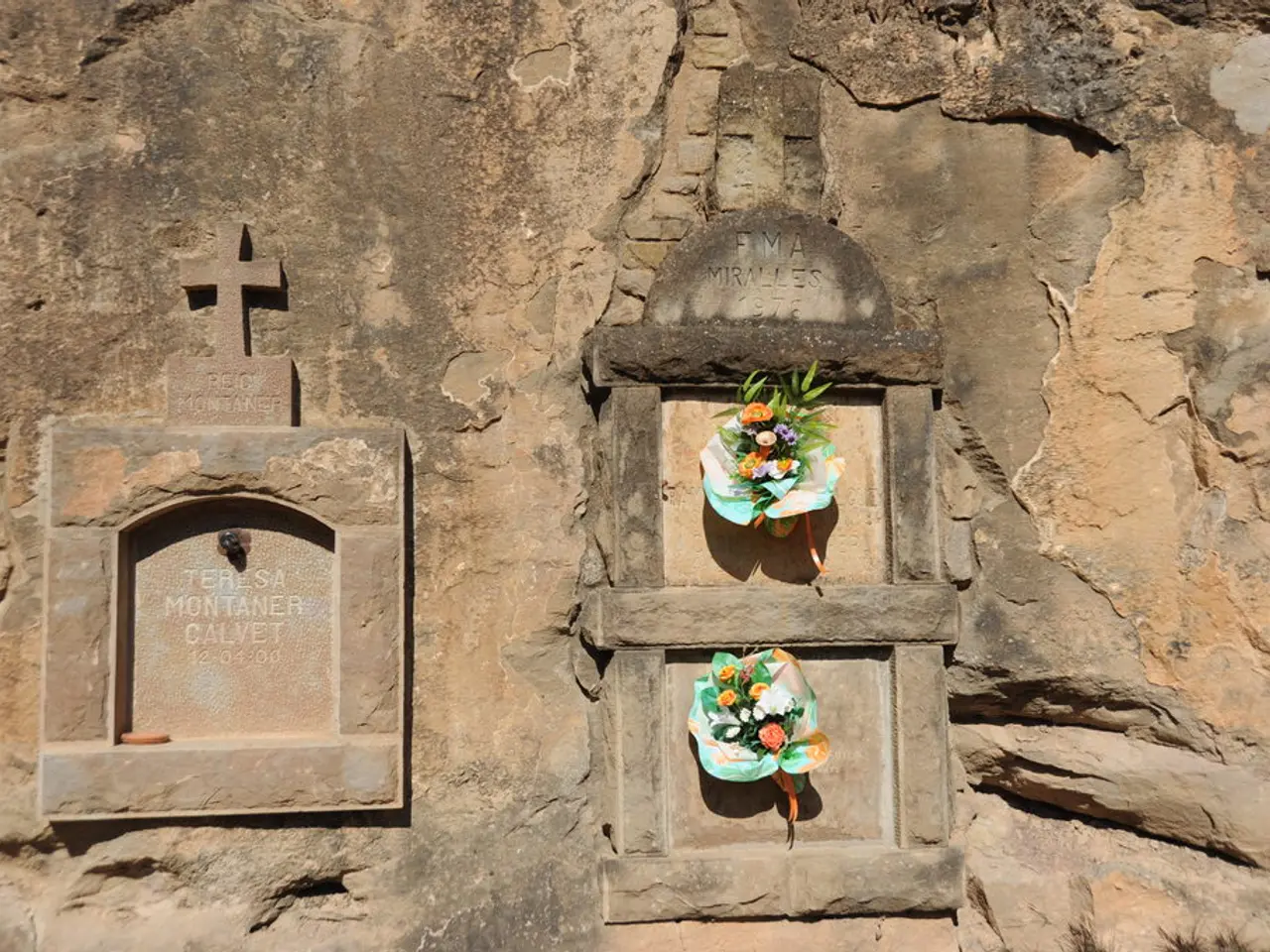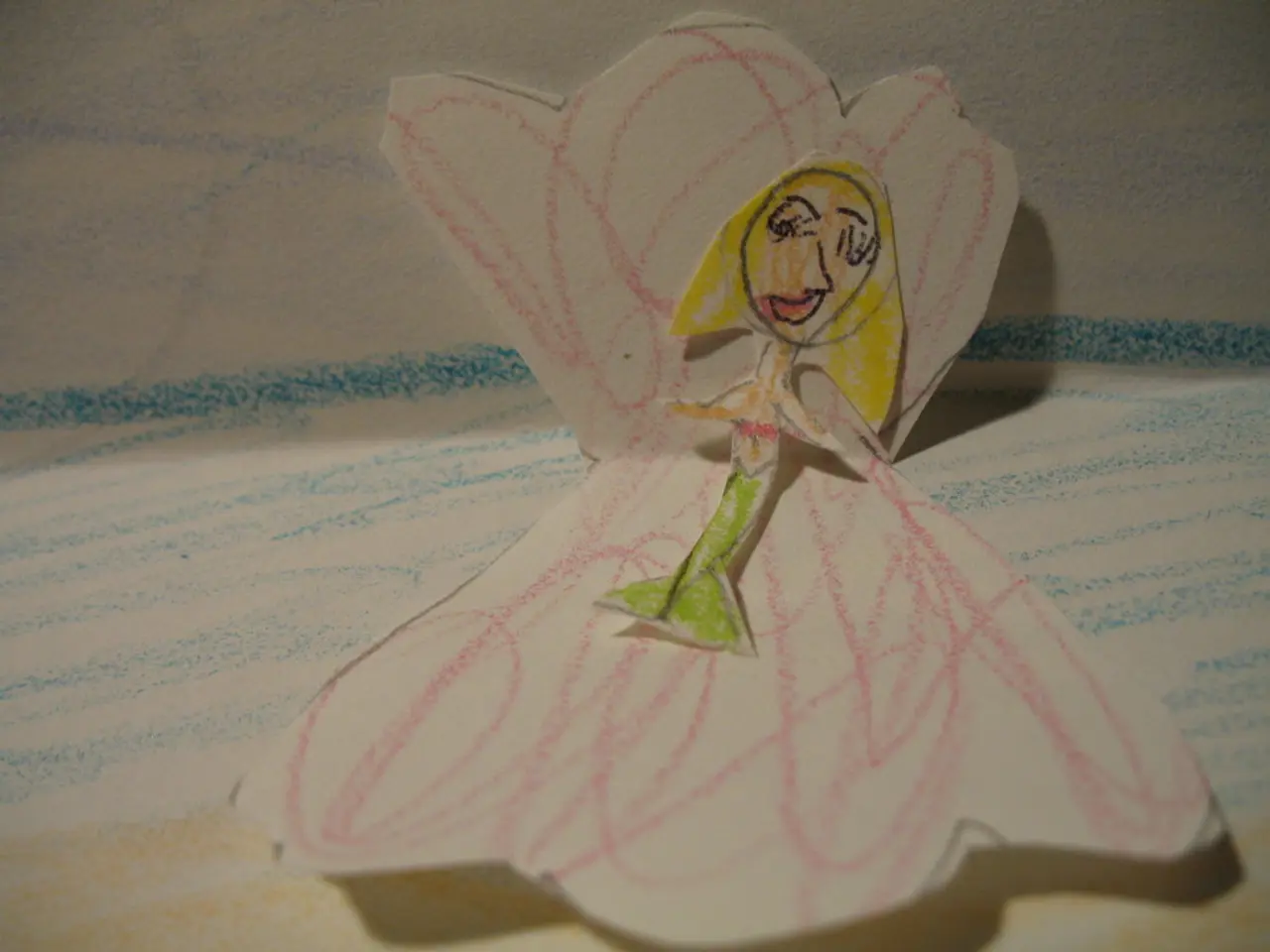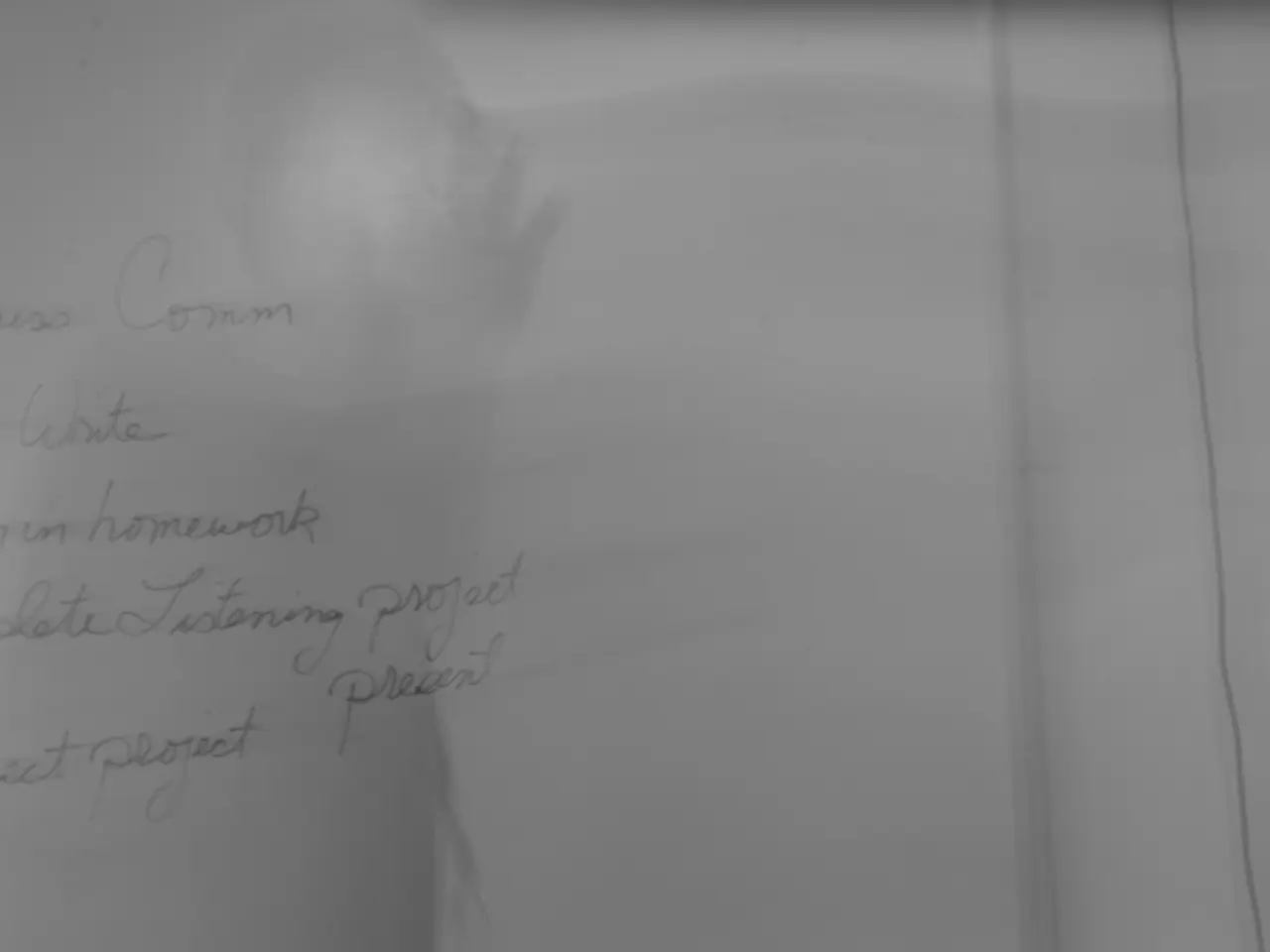Are the allegations of plagiarism against artist Damien Hirst causing speculation about the relevance of intellectual property in today's art world?
In the world of contemporary art, a heated debate has been ignited by allegations against Damien Hirst, the renowned British artist known for his groundbreaking piece A Thousand Years. The controversy revolves around the striking resemblance between Hirst's work and that of his Goldsmiths' alumnus, the late Hamad Butt, and his piece Fly-Piece.
Created just a month apart in 1990, Fly-Piece was Butt's commentary on cycles of consumption and information being "literally eaten, digested, and passed on." A Thousand Years, on the other hand, features live flies interacting with a cow's head, a concept that bears a striking resemblance to Butt's earlier work.
Hirst, who has openly admitted to the influence of his mentor Michael Craig-Martin's assertion to "not borrow ideas, steal them," has been questioned about the originality of his work in an increasingly derivative art world. This admission complicates the discussion on artistic ownership and originality, raising questions about where inspiration ends and plagiarism begins.
The controversy highlights challenges in attributing ownership to ideas that may be conceived simultaneously or circulated within close artistic circles. It questions the value placed on originality versus appropriation or reinterpretation in contemporary art, especially in conceptual or installation art where ideas are central.
Moreover, the dispute contributes to ongoing conversations about whether traditional intellectual property laws adequately protect artists when ideas, rather than physical objects, are at stake. In an AI-saturated future, the concept of artistic ownership may become outdated as AI advances to generate "new" artworks by synthesizing millions of existing pieces, blurring the lines between originality and derivation.
Until such a future arrives, it is important to remember the human beings behind the ideas, especially those who died too young to see their work recognized. Hamad Butt, a gay Muslim artist who faced familial pressure to abandon art for science, developed Fly-Piece while studying at Goldsmiths alongside Hirst. Tragically, Butt died of AIDS in 1994, aged 32, before he could properly establish himself.
The current art world machinery may be accused of consuming, digesting, and passing on ideas without proper credit to their original creators. The quote, "good artists copy, great artists steal," by Picasso, seems to resonate with the current debate on artistic ownership and originality, stimulating debate about how artistic creativity and rights should be recognized or regulated.
[1] Reference for further reading on this subject can be found here: [Link to the reference]
[2] Another reference for a deeper understanding of Hamad Butt's work can be found here: [Link to the reference]
- The debate over artistic ownership and originality is a timely issue in the contemporary art world, particularly since the controversy surrounding Damien Hirst's work.
- The designer, Damien Hirst, has admitted to being influenced by his mentor, Michael Craig-Martin, raising questions about the boundary between borrowing and stealing ideas in art.
- The artist, Hamad Butt, created the piece Fly-Piece as a commentary on cycles of consumption and information, a concept shockingly similar to Hirst's A Thousand Years.
- Fly-Piece was Butt's masterpiece, developed during his time at Goldsmiths alongside Hirst, where he faced pressure to abandon art for science due to his sexual orientation and religious background.
- The controversy brings attention to the challenge of attributing ideas in an increasingly derivative art world, as originality versus appropriation or reinterpretation becomes a crucial topic in conceptual and installation art.
- In the art world, ideologies are central, and the value placed on originality is questioned when compared to the value of appropriation or reinterpretation.
- As AI advances, the future of artistic ownership may become obsolete, with AI generating art by synthesizing countless existing pieces, blurring the lines between originality and derivation.
- The quest for understanding artistic creativity should recognize and regulate the rights of human beings, lest they are consumed, digested, and passed on without proper credit.
- The concept of artistic ownership is crucial in understanding the art, lifestyle, and pop- culture, as well as in the fields of fashion-and-beauty, movies-and-tv, and social-media.
- The controversy surrounding Hirst's work serves as a reminder of the importance of crediting the original creators, even when their work was ahead of its time, such as in the case of Hamad Butt.
- In the realm of creative design, inspiration from various sources can lead to the creation of unique logos, color palettes, UX, UI, and striking layouts, but the question still lingers: where does inspiration end, and plagiarism begin?
- Painters, celebrities, music artists, and writers in the realm of pop-culture also face similar challenges, as ideas continually circulate and blend, making it difficult to establish originality in a world where inspiration is drawn from everything one encounters, from books to movies.
